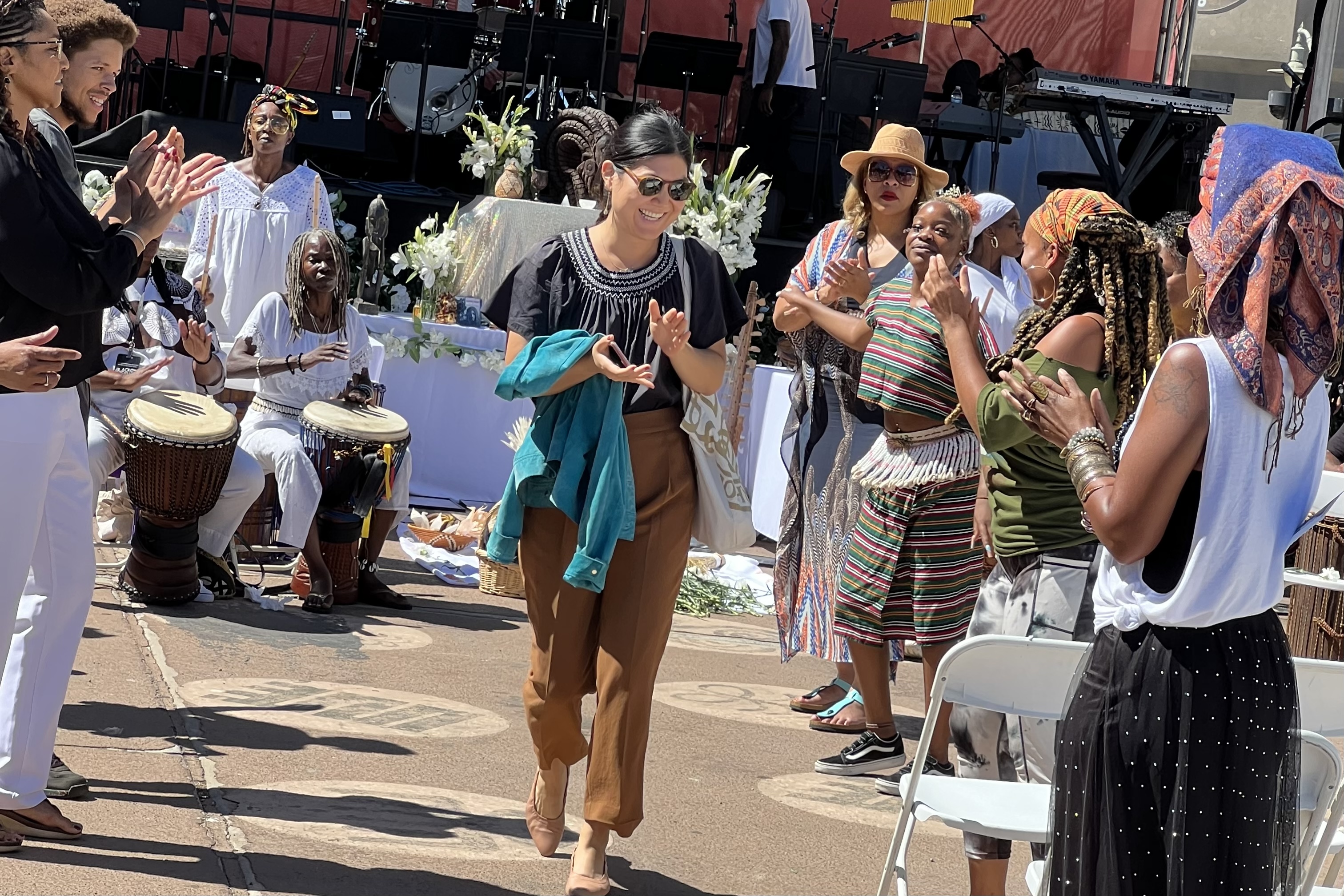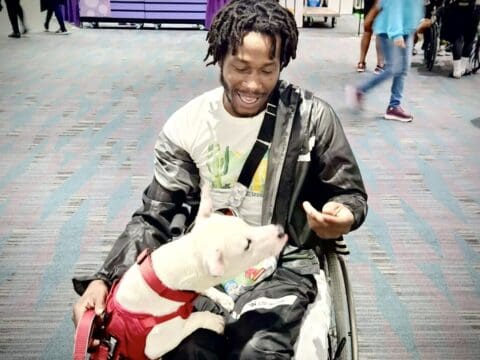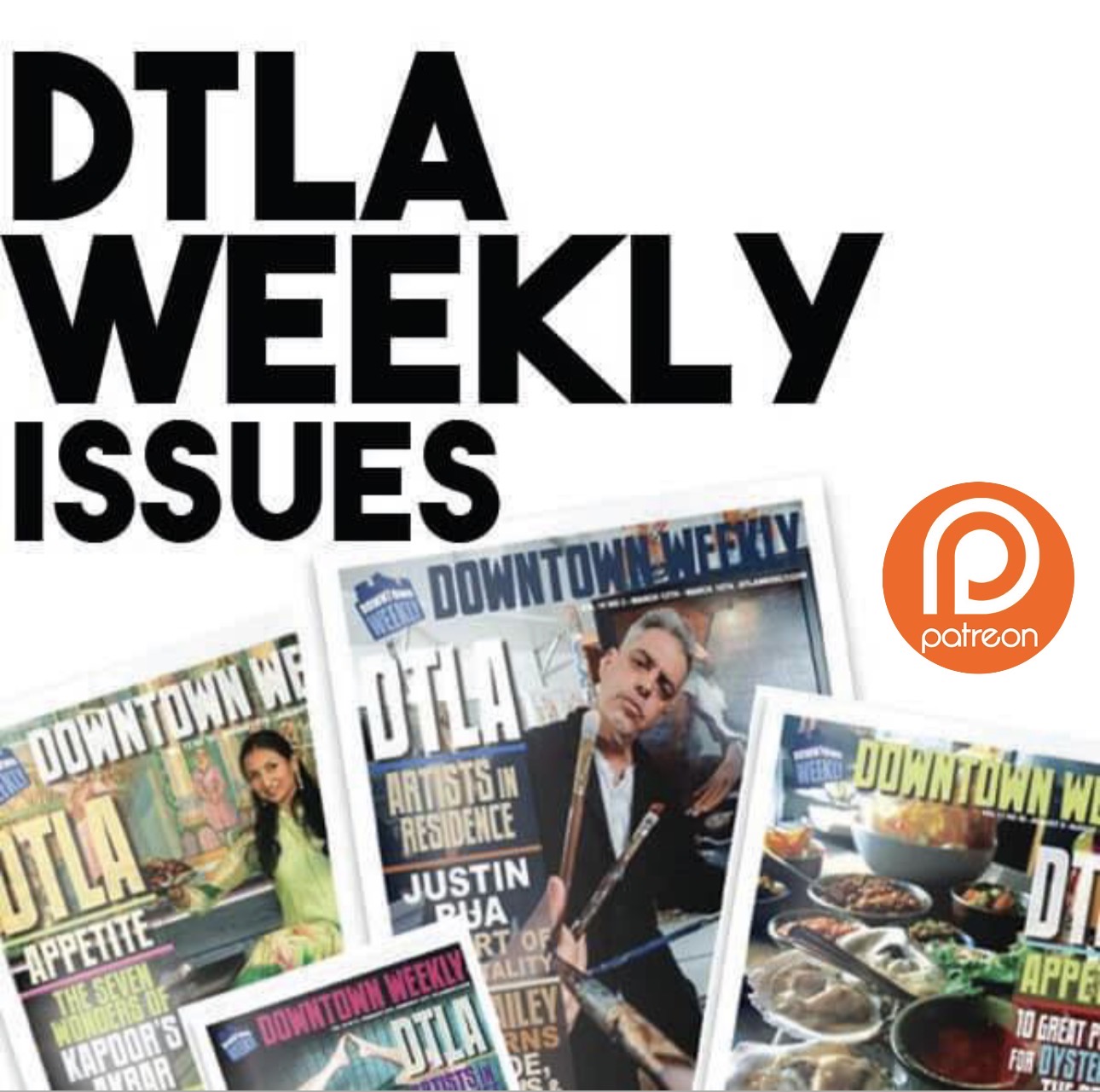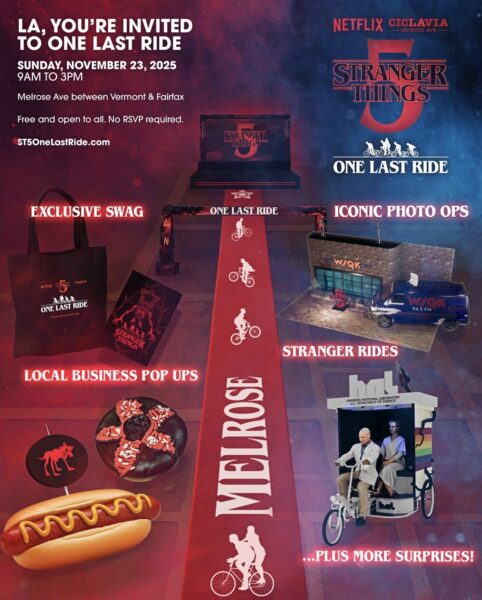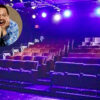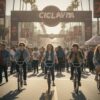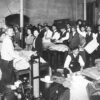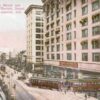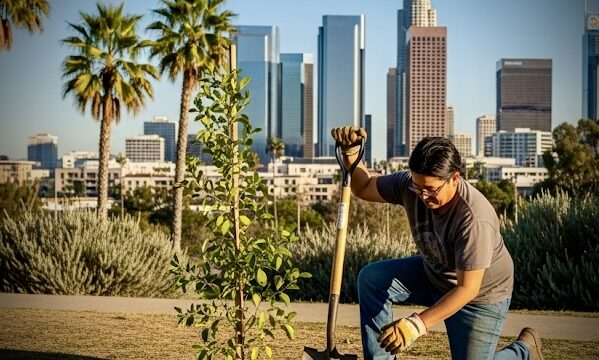
As Los Angeles’ heat index rises year by year, and as the city gears up to host the World Cup, Superbowl, and the 2028 Olympics, the question of how to keep the city cool has become more important than ever. Led by USC Dornsife, and in collaboration with UCLA Luskin Center, the City of Los Angeles, LA Metro, the county’s Chief Sustainability Office, and the Los Angeles Organizing Committee for the 2028 Olympic and Paralympic Games, ShadeLA, a new city initiative, has emerged to tackle the city’s shade problem head-on.
Historically, Los Angeles’ shade problem has been met with large-scale planting initiatives led by the city, whether through pre-Olympic beautification projects in 1932 or the 1984 Olympic-era “Million Trees” effort. While those programs left a mark, ShadeLA is tackling the issue differently. Rather than focusing solely on tree planting, the campaign emphasizes lasting infrastructure, design, and community knowledge. “ShadeLA is just one of those great partners that we see in the region… in this case, from academia, who are interested in pushing forward some of the goals that are set out in the Our County plan,” said Rita Kampalath, Los Angeles County Chief Sustainability Officer on ShadeLA.
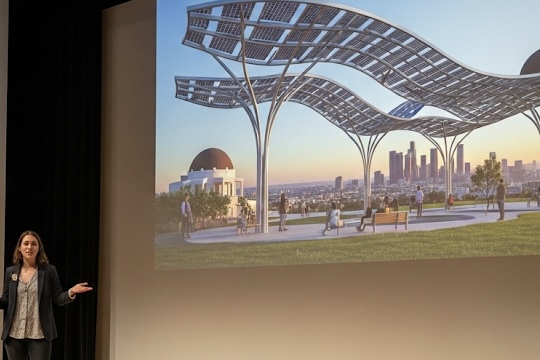
ShadeLA formed from a meeting held about a year ago by the movement’s UCLA and USC program partners, which aimed to look at how the city handles the heat, in anticipation of the major events slotted to take over the city. “Everyone was talking about planting trees for the future, but we asked: what about right now? How do we keep people safe in the heat today?” said Monica Dean, climate and sustainability practice director at USC Dornsife. This pivot in thinking is what led to the new initiative of ShadeLA.
In its first month, ShadeLA has wasted no time carving out a strong foothold. Since its launch, the initiative has partnered with over 20 community and business organizations, each developing unique efforts to shade and cool Los Angeles. ShadeLA has also released resources like the Shade Map, created with UCLA, which shows where shade does and doesn’t exist during peak hours of sun at noon, 3 PM, and 6 PM. Beyond partnerships and research tools, the organization has also launched a student design competition in collaboration with LA Metro and USC Architecture. “Our main goal is to make shade a natural part of LA’s physical infrastructure—the same way a stop sign or crosswalk is. It should be a basic element of how our city is designed,” said Monica Dean.
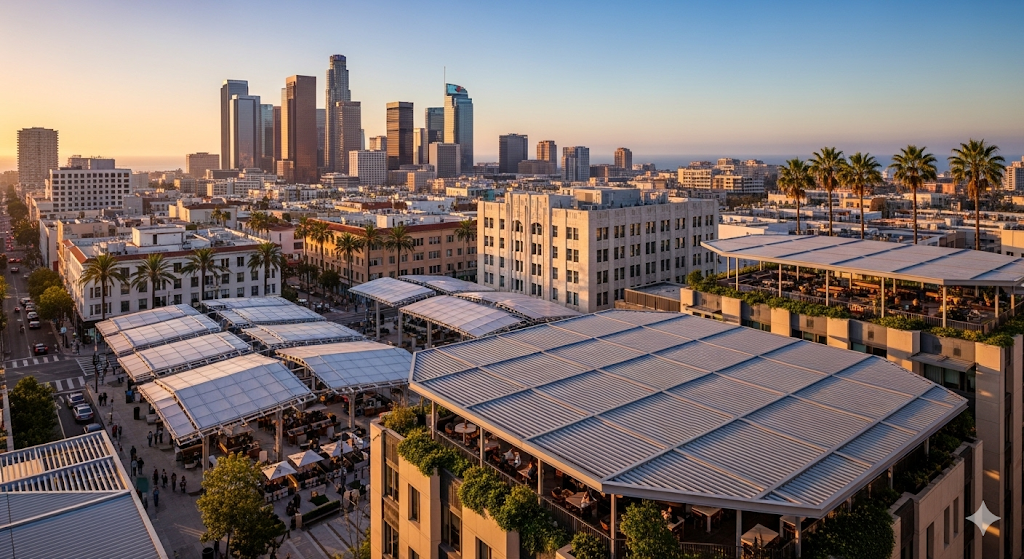
Looking toward the future, ShadeLA is utilizing the momentum of the upcoming Olympics not only to meet the city’s immediate need for shade, but also to create infrastructure and plans with lasting impact, “As we prepare to welcome the world, [ShadeLA] will leave a lasting legacy for Angelenos for years to come” (Mayor Bass on the ShadeLA Initiatives.) “In 10 to 20 years, we hope that on a hot day you don’t have to cross the street or go out of your way to find respite.
Shade will be everywhere—easily accessible, making the city more livable,” Monica Dean on the vision behind ShadeLA. For those who are itching to get involved, resources like the Shade Map and tips on how to create shade on the home-front are available on ShadeLA’s website, and partnered events can be found on ShadeLA’s Instagram @weareshadela. “Community groups are the bridge between research and action. They know the streets, the people, the spaces where shade makes the biggest difference,” said Monica Dean on community involvement with ShadeLA.
ShadeLA is reimagining how a sprawling city like Los Angeles can stay cool, introducing a holistic approach unlike anything seen before in the city’s history. With extreme heat already ranking among Los Angeles’ most urgent climate challenges, ShadeLA is taking immediate action to address the issue, while also laying out a long-term blueprint for a more resilient and livable city in a warming world.
![]()


